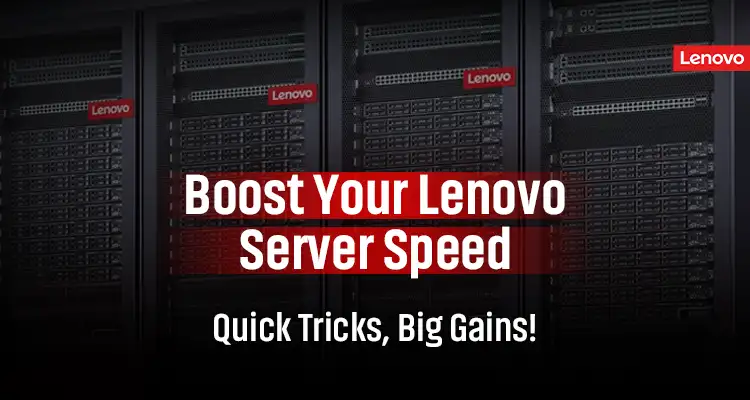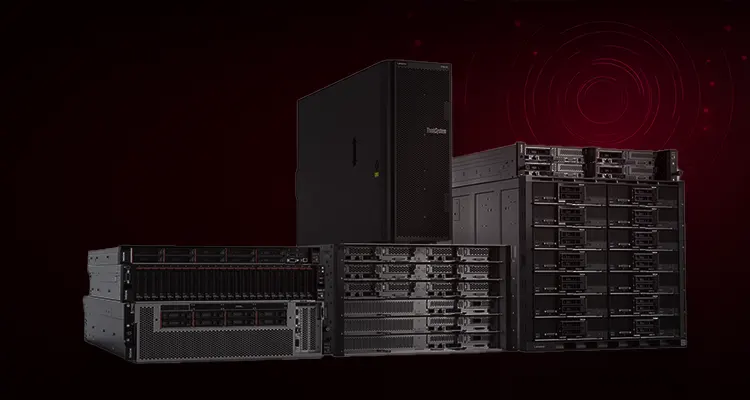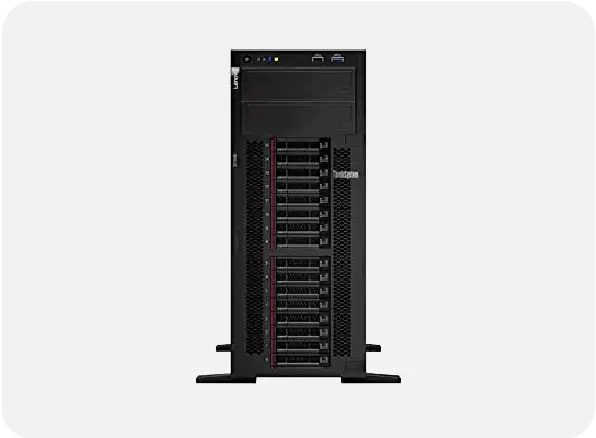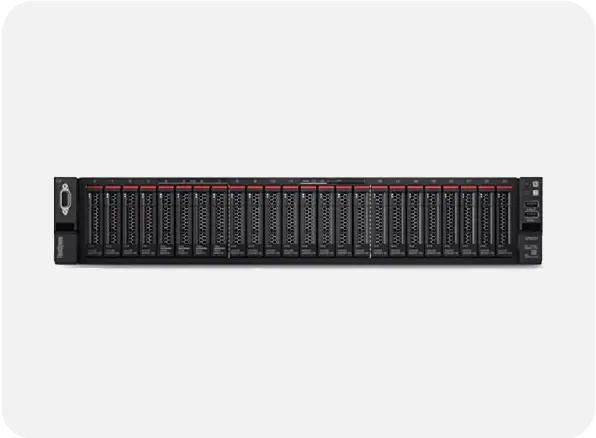
Boost Server Speed: Simple Tricks for Lenovo Servers
A server is a powerful computer that stores, manages, and delivers data to other devices on a network. Lenovo servers are reliable, high-performance machines designed for businesses of all sizes. They are fast, store data, and offer easy-to-use tools to manage daily tasks. Whether you run apps, handle data, or use virtual machines, Lenovo servers work quickly and reliably. Lenovo provides support and easy tools to keep servers running smoothly. This makes Lenovo servers a smart choice for businesses that want better performance and less downtime.
Why Server Speed is Important for Business
Ensuring Lenovo server speed is crucial for the smooth and effective operation of the company. Since fast servers play an effective role in reducing waiting times.
- Lenovo server speed helps your business run applications faster and smoothly.
- Faster servers improve business IT speed, making daily tasks more efficient.
- A better server speed and productivity allow employees to work quickly without delays.
- Lenovo server efficiency reduces downtime and keeps systems running reliably.
- Improving server speed supports better customer service and faster decision-making.
Effective Ways to Boost the Server Speed of Lenovo Servers
There are easy ways to make a Lenovo server run faster. These steps help improve performance and reduce slowdowns.
Keep your server software and firmware up to date.
- Add more RAM to handle more tasks at once.
- Use faster storage like Solid State Drives (SSDs) instead of hard drives.
- Clean up unused files and programs to free up space.
- Check network and security settings to make sure data moves quickly.
- Use server tools like Lenovo XClarity to monitor and manage performance.

Tips for long-term server efficiency
Server efficiency is important for business, since it helps businesses run smoothly and without delays. Efficient servers reduce downtime, improve speed, and let employees work faster. This saves time, lowers costs, and keeps customers happy. The following methods can be used to improve the efficiency of the Lenovo server.
- Keep your Lenovo server clean and in a cool place to avoid overheating.
- Update software, drivers, and firmware regularly.
- Use tools like Lenovo XClarity to monitor server health.
- Replace old parts like hard drives or fans when needed.
- Back up data often to prevent data loss.
- Avoid overloading the server with too many tasks at once.
InfomeKSA is here to help you if you are unsure about how to purchase a Lenovo server that will satisfy all your business requirements. Being a top provider of servers in Saudi Arabia, our professionals offer specific guidance to assist you in selecting the ideal Lenovo server for your company. For professional help and the greatest offers on Lenovo servers in Saudi Arabia, get in touch with us right now. We provide full product transparency, post-sales support, and real-time consultations with certified server engineers in the region.
Frequently Asked Questions and Answers
Why is my Lenovo server running slow??
Slow server performance may be due to outdated firmware, limited RAM, poor storage performance (e.g., HDDs instead of SSDs), excessive background tasks, or network configuration issues. Regular maintenance and upgrades can significantly improve speed.
What is Lenovo XClarity and how does it help server performance??
Lenovo XClarity is a server management tool that helps monitor system performance, apply updates, and detect issues early. It keeps your servers running smoothly and reduces downtime.
Does adding more RAM improve Lenovo server performance??
Yes. More RAM enables the server to handle more applications and tasks at once, reducing slowdowns and boosting overall system responsiveness.
Are SSDs better than HDDs for Lenovo servers??
Absolutely. SSDs offer faster data access and transfer speeds compared to HDDs. Upgrading to SSDs can significantly reduce load times and improve server responsiveness.
How do regular software and firmware updates improve Lenovo server performance??
Updating software, drivers, and firmware helps fix bugs, improve speed, and add new features. It also ensures your server is protected from security threats and runs smoothly.






.webp)


